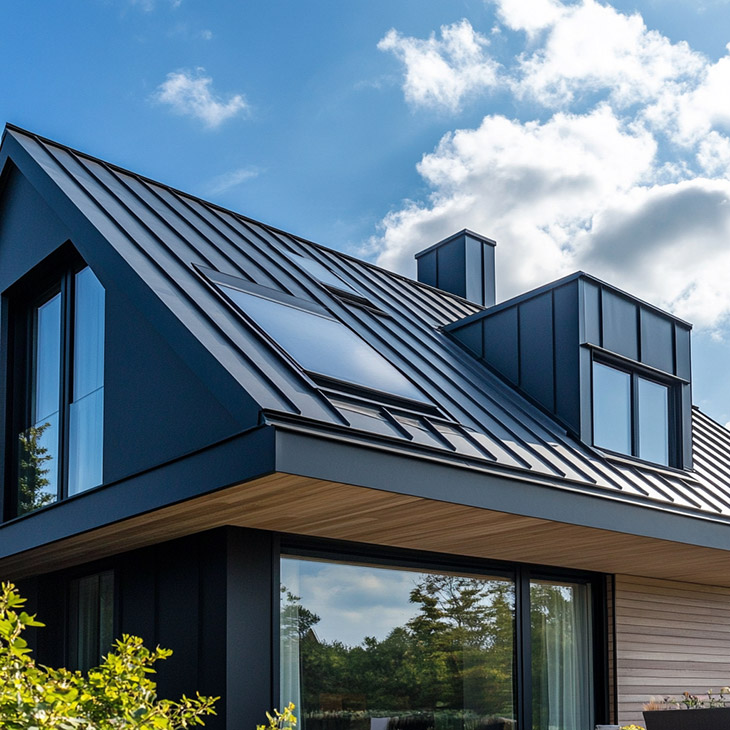
When we think of fashion, clothing, shoes, and accessories often come to mind. But architecture? Surprisingly, buildings can also express trends, and one of the most stylish aspects of a building is its roof.
Roofs have evolved far beyond their initial role of sheltering spaces from the elements. They have become a defining feature that reflects both function and style, much like accessories elevate a look.
In this article, we’ll explore how modern roof designs blend creativity with environmental needs, shaping the way buildings interact with their surroundings. From minimalist structures to green roofs, these designs illustrate the growing connection between form, function, and sustainability. Just as fashion trends evolve, roof styles offer architects new ways to express cultural values and respond to shifting climate realities.
The Intersection of Architecture and Fashion
At first glance, architecture and fashion may seem like two completely different worlds, but they have a lot in common. Both involve creativity, style, and the ability to make a statement. While fashion is often about personal expression through clothing, architectural fashion is about expressing cultural values, aesthetics, and even sustainability through building designs.
Architectural Fashion in Roof Designs
Roofs, like fashion accessories, are often overlooked, but they play a crucial role in defining the character of a building. Experienced ID Flat Roof – Roofers in Boston know that the right roofing style can drastically alter the way a structure is perceived, much like how a hat or a pair of shoes can completely transform an outfit.
Whether it’s a sleek, modern design or a classic, timeless roof, professional roofers help ensure that the structure not only looks great but also functions optimally. In the world of architectural fashion, roof designs have continuously evolved to reflect modern trends, innovative materials, and advanced construction techniques.
Here’s a look at five innovative roof types making an impact:
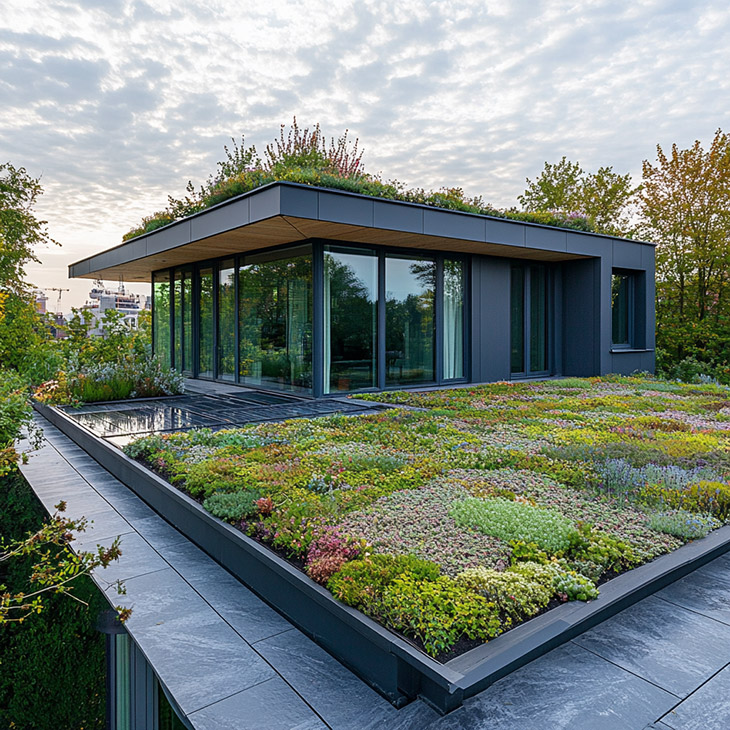
Types of Stylish Roof Designs
1. The Minimalist Roof
The minimalist trend has taken over not just fashion but architecture as well. Minimalist roofs are all about clean, simple lines and a sleek appearance. These roofs typically have a flat or low slope, emphasizing the overall simplicity of the structure. Minimalist roof designs focus on functionality while maintaining a modern, elegant aesthetic.
2. The Curved Roof
Curved roofs break from traditional geometry, introducing flowing lines that evoke movement. These designs blend functionality with creativity, giving buildings a futuristic, fluid appearance. Curved roofs are ideal for projects that emphasize bold architectural freedom.
3. The Pitched Roof
A classic and versatile roof design, the pitched roof has been used for centuries. However, modern pitched roofs have evolved to incorporate contemporary materials and innovative angles, giving them a fresh, updated look. The steep angles of a pitched roof not only serve practical purposes, such as shedding water and snow, but also create striking silhouettes that contribute to a building’s architectural fashion.
4. The Layered Roof
Layered roofs highlight the complexity and creativity of modern architecture. These roofs feature multiple layers or tiers, adding depth and dimension to a building’s design. Each layer can serve a different function, from insulation to ventilation, while also creating a dynamic visual effect. Layered roofs are perfect for those who want to push the boundaries of architectural fashion.
5. The Green Roof
Sustainability has become a key element of modern design, and green roofs are at the forefront of this trend. Green roofs are covered with vegetation, offering environmental benefits such as improved air quality, energy efficiency, and natural insulation. From an architectural fashion perspective, green roofs combine practicality with aesthetics, turning buildings into living, breathing structures that easily blend with their surroundings.
Comparison of Stylish Roof Designs
| Roof Style | Design Features | Common Materials | Aesthetic Appeal |
| Minimalist Roof | Simple, flat, or low slopes | Concrete, metal, glass | Modern, sleek, understated |
| Curved Roof | Soft, flowing lines | Metal, wood | Futuristic, elegant, organic |
| Pitched Roof | Sharp angles, steep slopes | Shingles, tiles, metal | Classic, dynamic, functional |
| Layered Roof | Multiple tiers, complex structures | Various, including stone | Intricate, visually engaging, dramatic |
| Green Roof | Covered with vegetation, eco-friendly | Soil, waterproof materials | Sustainable, natural, integrated |
How Roofs Influence Architectural Fashion
Roofs are often the most defining feature of a building. They cap off the entire structure and can either blend into the background or stand out as the focal point of architectural fashion. But how do they influence architectural style?
Roofs, much like fashion accessories, can either complement or contrast with the overall design. For example, a minimalist roof may blend easily into the rest of the building, creating a harmonious aesthetic, while a bold, curved roof might serve as a statement piece that draws attention. Just like the right pair of shoes can elevate an outfit, the right roof can elevate the look of a building.
Materials Matter
One of the key factors that influence roof design is the material used. Materials not only affect the roof’s durability and functionality but also its visual appeal. For instance, a metal roof gives off a modern, industrial vibe, while wood shingles evoke a more rustic, traditional feel. Architecturally, the choice of materials can completely change the character of a building, much like the choice of fabric can change the look of a dress.
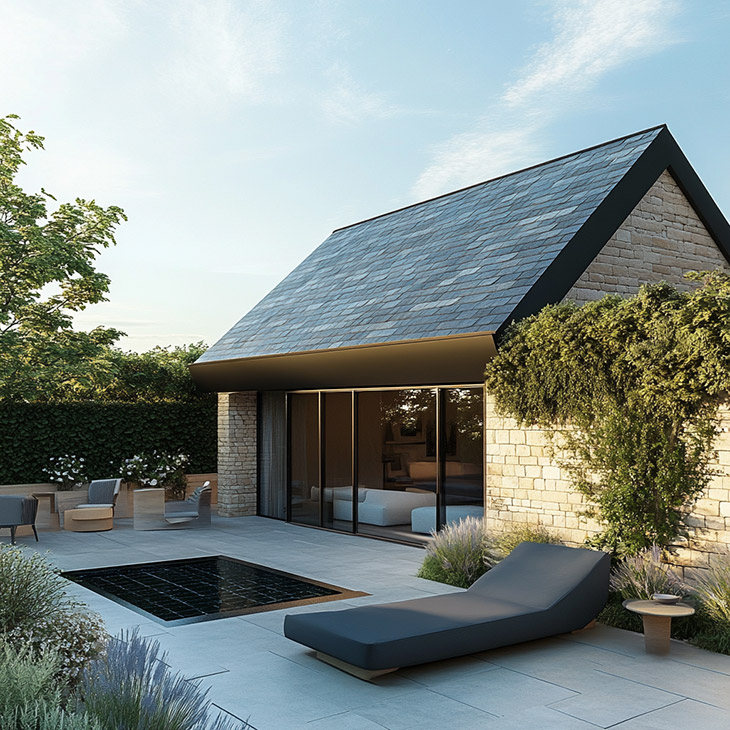
Blending Tradition with Modern Innovation
Roof designs often blend tradition with innovation, bringing together the best of both worlds. Traditional pitched roofs, for example, are being reimagined with new materials and construction techniques to fit modern architectural trends. This blend of old and new creates a dynamic and evolving style, much like how fashion designers might take inspiration from classic styles while incorporating modern fabrics and cuts.
Finally, roofs have come a long way from being purely functional elements of architecture. Today, they are integral to a building’s overall design and play a key role in defining architectural fashion. Whether it’s the clean lines of a minimalist roof or the eco-friendly charm of a green roof, each style adds its unique flair to the architectural landscape.
The next time you look at a building, take a moment to admire the roof design. It might just be the most fashionable part of the entire structure!
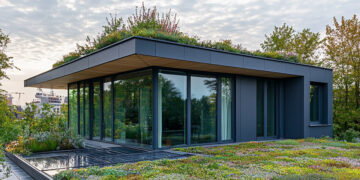













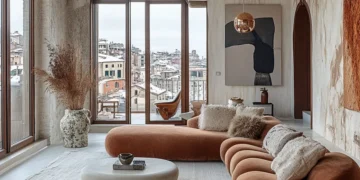
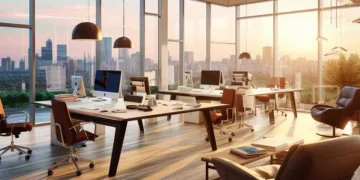
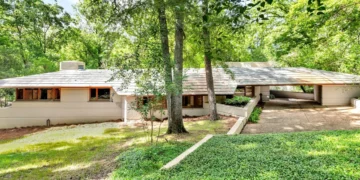
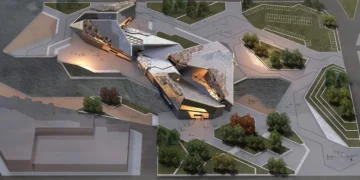
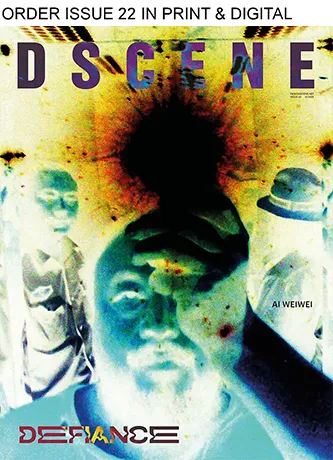

A good roof is everything when working on a home today! Especially with the climate changes.